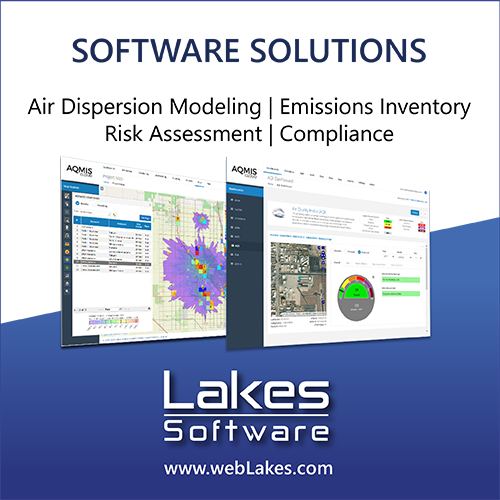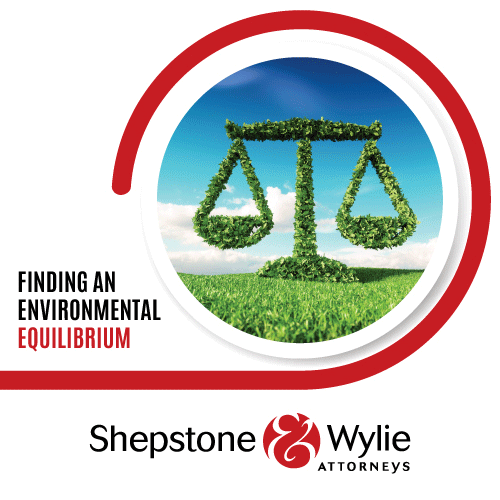The use of fire radiative power observations to determine spontaneous combustion event activities associated with coal mining on the Mpumalanga Highveld
DOI:
https://doi.org/10.17159/caj/2022/32/2.12145Keywords:
Spontaneous coal combustion, coal mining, MODIS, fire radiative powerAbstract
Coal mining is a significant activity on the Mpumalanga Highveld. One of the major air pollution issues associated with coal mining, is the spontaneous combustion of coal. There are no abatement technologies in place for such emissions, and typically long- and shortlived greenhouse gases, other gaseous pollutants and particulate matter are emitted by such events. For ambient air quality models to accurately capture the contribution of spontaneously combusted coal, it is necessary to determine the locations and durations of these burning events. Such information will also assist in explaining experimentally determined ambient air quality data. In this article, satellite fire radiative power (FRP) data from the Moderate Resolution Imaging Spectro-Radiometer (MODIS) was used to determine the locations and durations of spontaneously combusted coal within the Mpumalanga Highveld for January 2001 to December 2019. From the results it was concluded that five mining sites were prone to spontaneous combustion. These sites were all opencast mines situated on old bord and pillar mines. Two of these areas were actively burning for most of the 19-year study period. A relatively well-defined seasonal pattern was also observed, with combustion events being more prevalent during the winter months. Considering the active burning periods of the areas where spontaneous combustion were recorded, it is obvious that this is a major source of atmospheric pollutants on the Mpumalanga Highveld.
Downloads
Downloads
Published
Issue
Section
License
Copyright (c) 2022 Pieter van Zyl, Edwin Cogho, Johan P. Beukes, Ville Vakkari

This work is licensed under a Creative Commons Attribution 4.0 International License.

All articles are published under a Creative Commons Attribution 4.0 International License; copyright is retained by the authors. Readers are welcome to reproduce, share and adapt the content without permission provided the source is attributed.








.png)